We all like to have control over our lives. School, friends, and family can often make us feel like we’re not in the driver’s seat. Sometimes having a little influence over something small can be enough to bring balance into our daily lives – that’s where plants come in. Growing a flower is like keeping a pet – but a whole lot easier, cheaper, and cleaner. Here is my formula for creating a mini garden in a small space.
There are five main parts to keeping a plant: the plant, its containment, sunlight, soil, and a water source. You can do it.
Vegetation
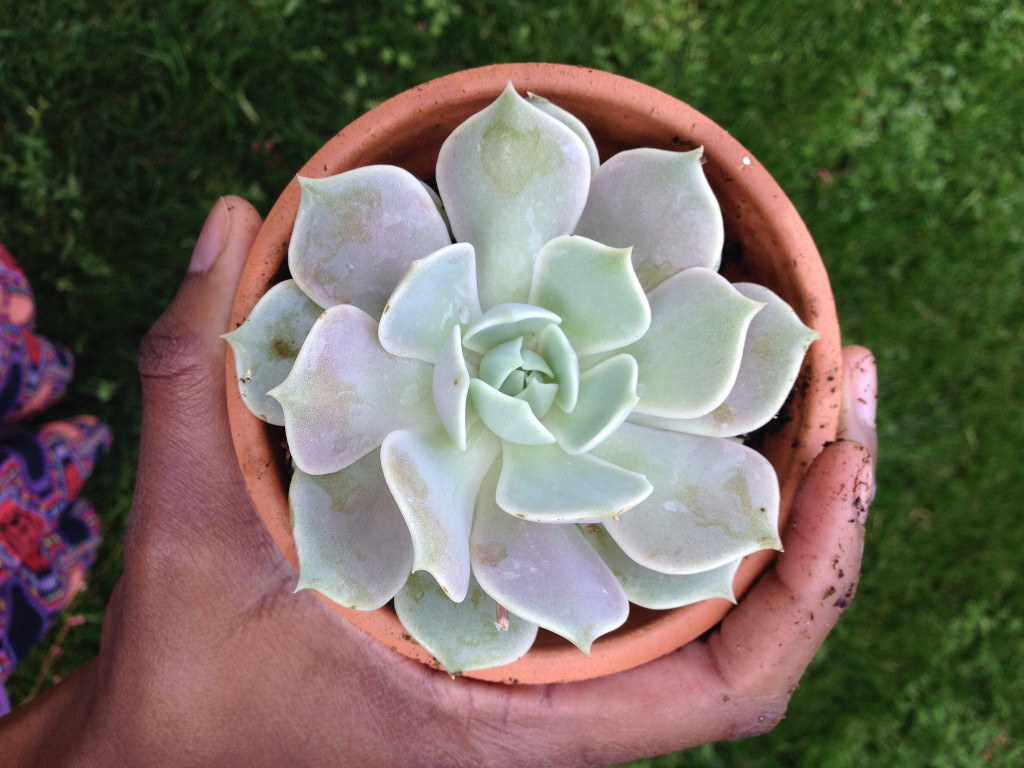
Photo courtesy of Laurel Enix on flickr.com
If you haven’t personally been affected by the succulent craze, time to catch up. Succulents are little green buddies that require almost no care and have shallow root systems. These are best for beginners. They can be planted almost anywhere and here’s proof.
You can step up your game with any seed, sprout, or sapling that will fit in your area. It is much more satisfying to grow a strawberry plant from a seed, but a strawberry sprout will still bear fruit which you can harvest and store for yourself.
Depending on the amount of space you have available and the plants you choose, you can plant at any time of the year. If you know your plant will outgrow your space rapidly, wait until spring so you can transplant your babies after the semester ends.
With some plants (such as my red maple sapling), being kept in small containers can stunt their growth and they can stay in the smaller containers year-round.
Containment
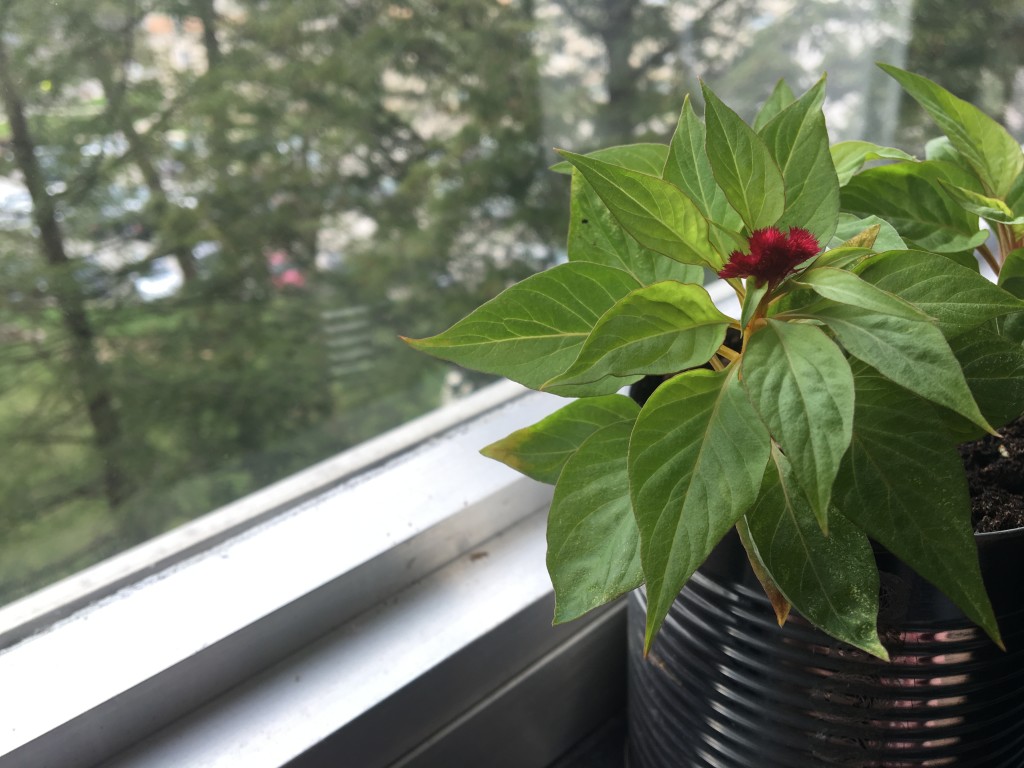
Photo by Katelyn Doyle
This is where you can really let your personal aesthetic take over. As someone who is particularly interested in the environment, I prefer a feeling of recycled chic.
However, there are many options for creativity here. Maybe you take that aluminum can and slap some stickers or crepe paper on.
Maybe it’s not even a can – what about that plastic yogurt container left over from your lunch? That grande Starbucks cup you’re about to throw out? All those K-Cups filling up the environment? The possibilities are endless.
If you want to throw some money at your plants, mini pots and bowls are available in grocery and convenience stores.
Sunlight
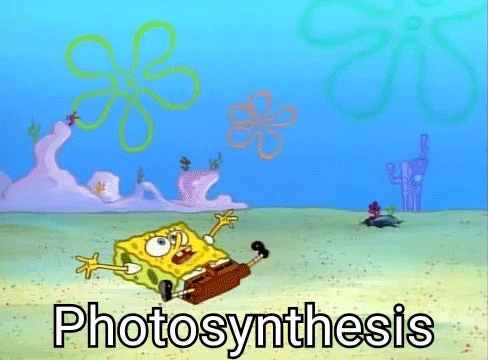
GIF courtesy of giphy.com
Just plop your little plant babies in your window sill or in direct sunlight (this may require a different strategies for some plants, but full sun is generally fine indoors).
Soil
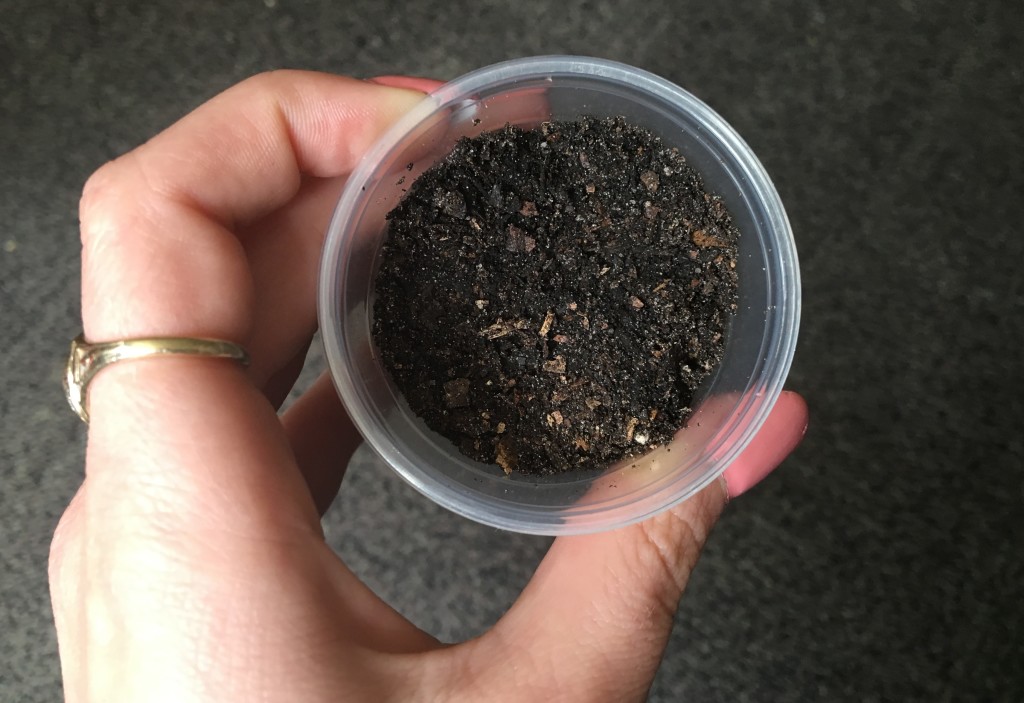
Photo by Katelyn Doyle
Not every college student has access to prime soil from a bag, but that should not inhibit the garden making process. Dirt is literally everywhere; as long as you’re not digging up a campus garden, most soil is just sitting there for the taking.
Plus, if you’re a tea drinker, tea is literally made of leaves and sticks and organic material. Bust open those tea bags and feed your little plant friend after you’ve enjoyed a cup of goodness. Share the love.
Water
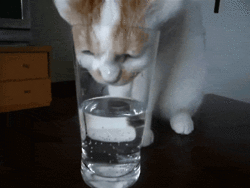
GIF courtesy of giphy.com
The general rule for watering your little buddy is to only add water when the top of the soil is not saturated. If you just check the top of your soil every day and add a little water when needed, you’ll become a pro at irrigation in no time/
But remember, over-watering can be just as detrimental as under-watering. If there is no place for the water to escape (e.g. no holes in the bottom of the container), the soil can become water-logged and other bad things can happen.
If the bottom of the container does not add holes, I often add a little gravel to the bottom before the dirt, so that water can drain to the bottom and be absorbed when needed.
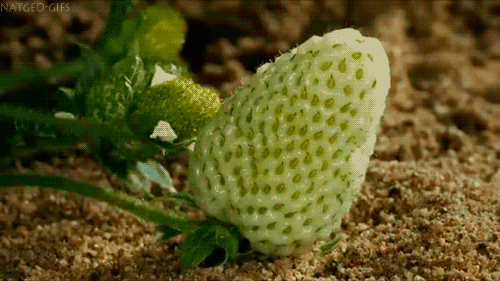
GIF courtesy of tumblr.com
Use these tips and you’ll be able to experience the satisfaction of plant growing in no time.


